WORKING HOURS
31.10. Friday : 9 - 16
3.11. Monday : 9 - 17:30
4.11. Tuesday : 8 - 17
Please contact us before arrival
contact number +385916177650.
WORKING HOURS
31.10. Friday : 9 - 16
3.11. Monday : 9 - 17:30
4.11. Tuesday : 8 - 17
Please contact us before arrival
contact number +385916177650.
Zlatko Prica was born in the Hungarian town of Pecs in 1916. Pecs is a town distinguished by culture, and its history also involves the lives, or part thereof, of many Croatian artists and known personalities: Ivan Česmički, who became the bishop of Pecs at the age of 26 and one of the great Humanist men of letters; Matija Petar Katančić, Croatian writer, historian and archeologist; August Šenoa, who attended grammar school there; and Miroslav Krleža, who attended the local cadet school.
In the same year Arp and Tzara founded the Dada movement, and the Cabaret Voltaire in Zurich, the Dadaist headquarters of sorts, had just opened its doors. The Austro-Hungarian emperor Francis Joseph also died in the same year, and Einstein, after his scientific studies of light, developed the general theory of relativity. Of course, Prica’s growth started in Zagreb, where he came as a child. Very early on he showed interest in his vocation, and even before his studies at the Zagreb Academy of Fine Arts, and as a student, he drew inspiration and knowledge from the holdings of the Modern Art Gallery in Zagreb, more precisely from the layout arranged by Ljubo Babić, who was later to be his professor along with others such as Mujadžić and Krsto Hegedušić.
He enrolled in the academy in 1937 and graduated in 1940. He staged his first one-man show only a year after graduation, in 1941, at the Art Pavilion in Zagreb. At this, his very first exhibition he was honoured by the visit of Prof. Artur Schneider, who purchased the first paintings of the young artist for the Graphic Art Collection of the National and University Library.
In the same year he was arrested and interned in the Danica concentration camp near Koprivnica, where he documented with drawings the drama of concentration camp life. In 1943 he joined the partisans. Together with the painter Edo Murtić he illustrated the poem The Pit by Ivan Goran Kovačić.
The fifties were a period of several travels important for the life and work of Prica the painter (Stockholm, India, Brazil, London). He exhibited his work in New Delhi.
In Zagreb he founded the Grupa 58 and Grupa Mart art groups. In the late sixties he was one of the founders of the Forum Art Gallery in Zagreb.
Zlatko Prica was a full member of the Croatian Academy of Sciences and Arts. For his creative work and cultural activity he has been awarded the highest state prizes and awards, such as the Vladimir Nazor Life Achievement Award and others.
He has taken part in many exhibitions in Croatia and abroad. His work is also exhibited in many museums in Croatia and other countries, among which particular mention should be made of the Museo de Arte Moderna, Sao Paulo, and the Tate Gallery in London.
Two monographs bave been published about Zlatko Prica: a representative one by the Italian publisher Luigi de Tullio, Milan, and another written by Ivo Šimat Banov.
In his extensive creative work (painting, drawing, graphic art, mosaic, fresco, ceramics, etc.) Prica has used almost every art technique (oil, tempera, pastel, watercolour, India ink, gouache, charcoal).
Zlatko Prica passed away in Rijeka in 2003.





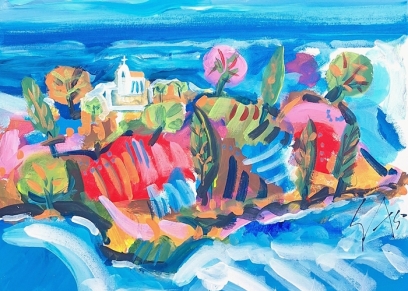

_408_291_s_c1.jpg)

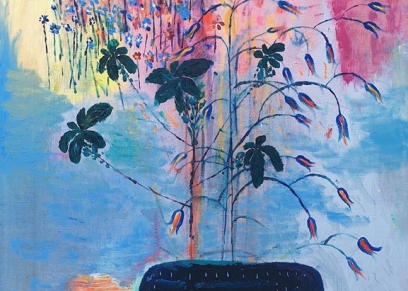
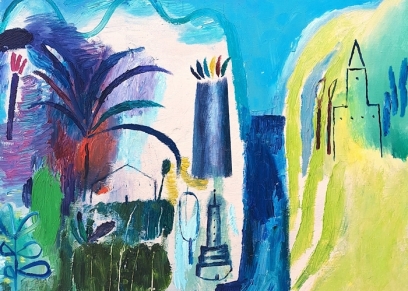
_408_291_s_c1.jpg)
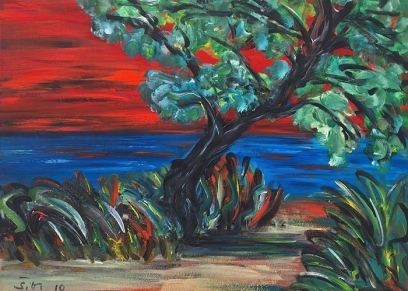
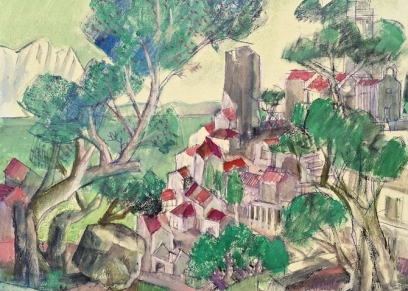

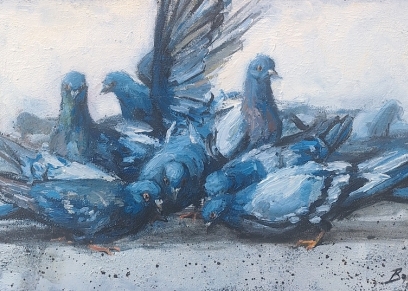

_408_291_s_c1.jpg)



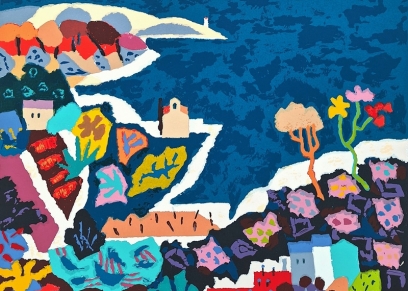

_408_291_s_c1.jpg)
_800_600_60_s_c1.jpg)
_800_600_60_s_c1.jpg)
_800_600_60_s_c1.jpg)
_800_600_60_s_c1.jpg)

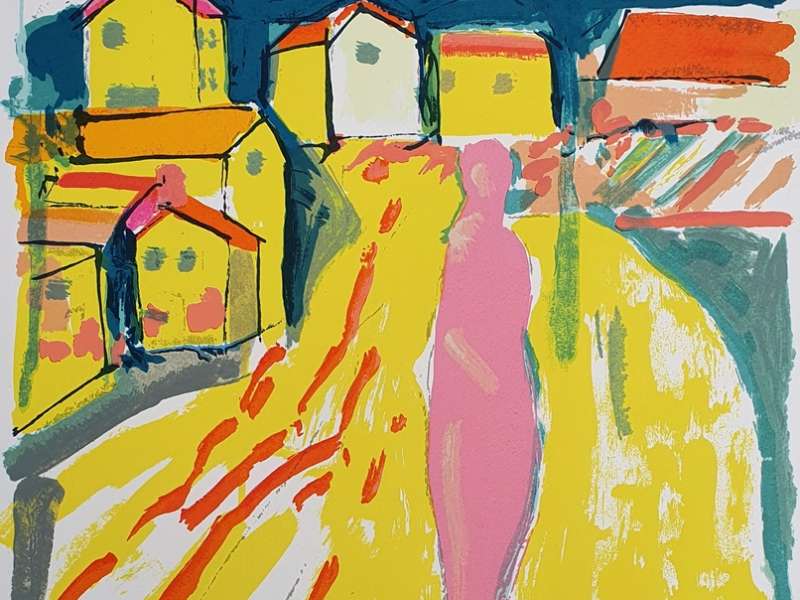


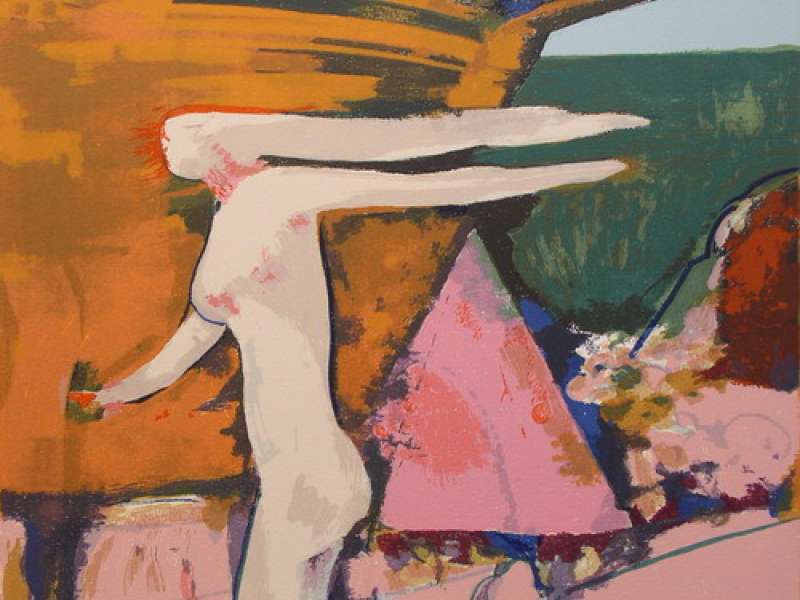
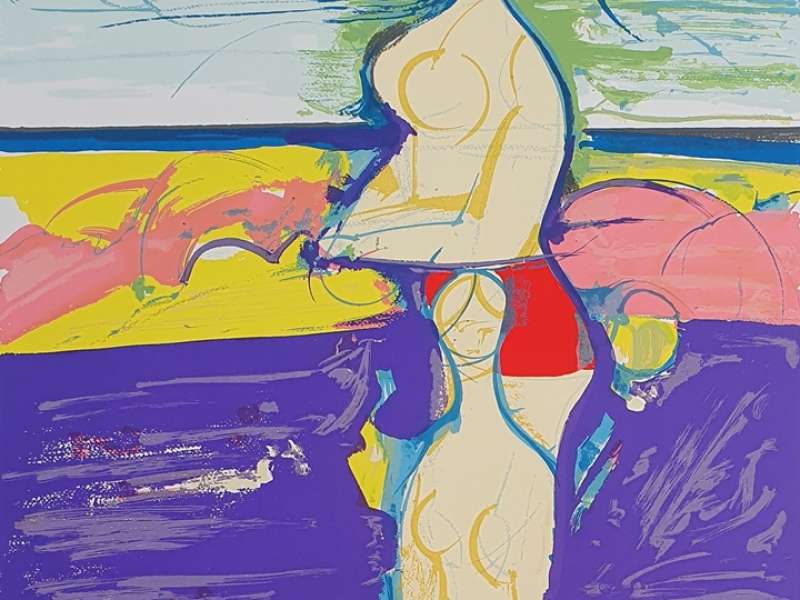
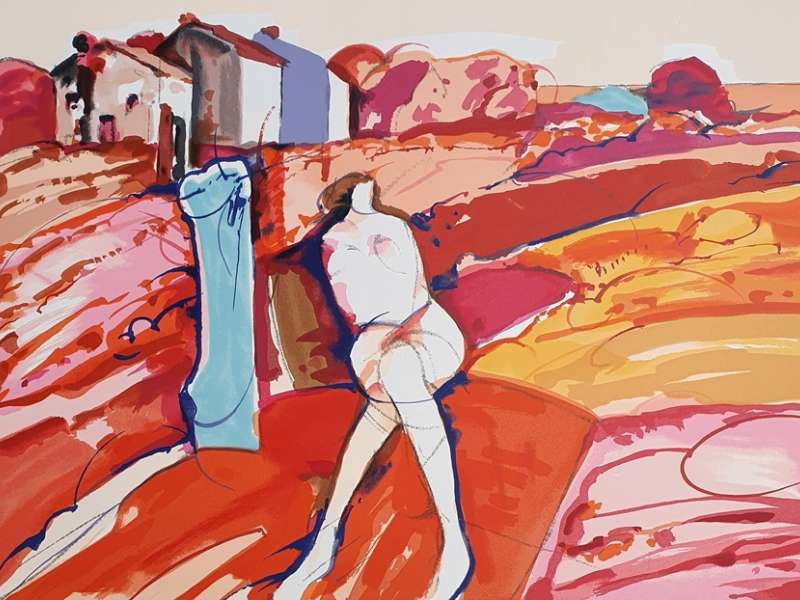

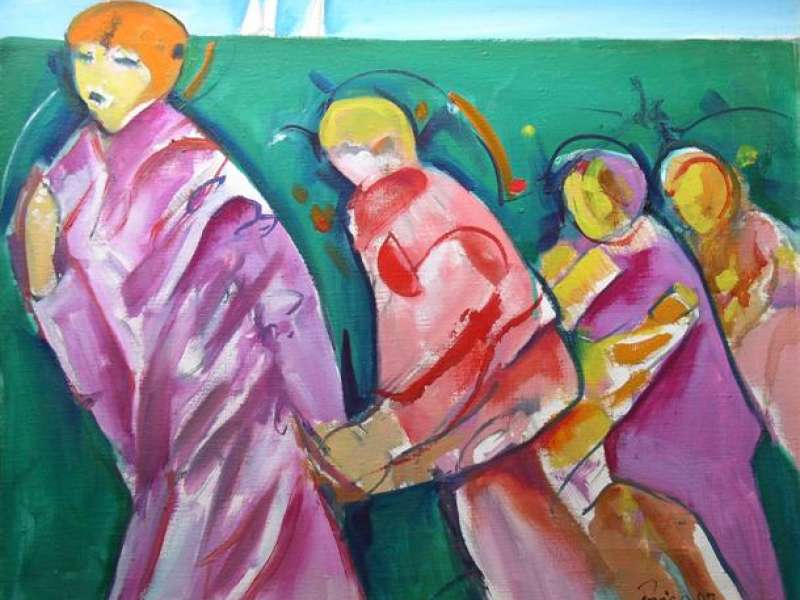
_800_600_60_s_c1.jpg)
_800_600_60_s_c1.jpg)
_800_600_60_s_c1.jpg)
_800_600_60_s_c1.jpg)
_800_600_60_s_c1.jpg)
_800_600_60_s_c1.jpg)